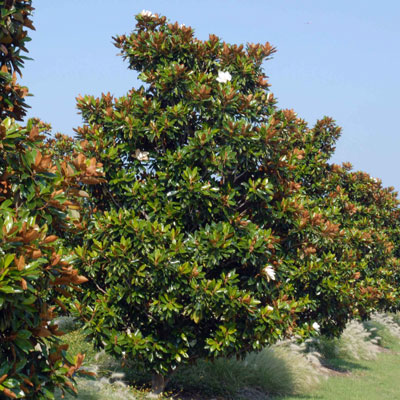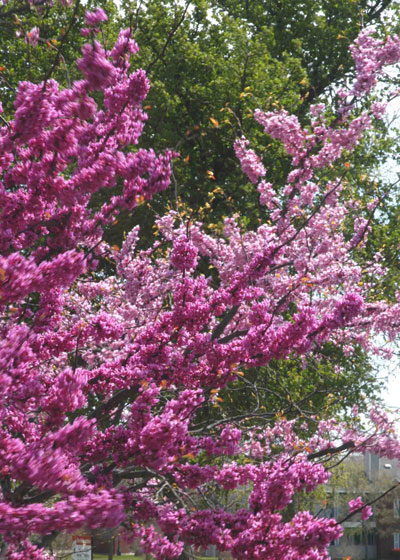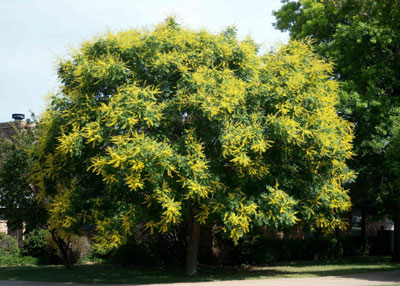Short Trees for Small Spaces
Sometimes we don’t have the room or maybe the need for a huge shade tree. Many times, smaller is better. So I’ve assembled five little trees that I think are the best of the bunch. They’re all adapted to big areas of Texas, and anytime is a great time to plant them. I hope you find this useful.

• Dwarf magnolias may be the best. ‘Little Gem’ southern magnolia is beautiful. It grows about half the size of standard magnolias in all respects (height, width, flower and leaf size). The variety ‘Teddy Bear’ is smaller still, even though its leaves and flowers are comparable in size to standard southern magnolia.

• Lacey oak is native to the Texas Hill Country, also to far Southwest Texas. It grows 25 to 35 feet tall and wide. It has small rounded blue-green leaves all summer. In late fall they turn rich shades of yellow and orange. It holds its leaves late into the fall and early ice storms are a threat to its branches. Otherwise, it’s a great little oak.

• Mexican plum is lovely if you’re looking for something with a relatively coarse texture. Beware of its thorns, however, if it will be near a people-area. Yes, it does produce fruit. It’s not especially good for eating fresh, but it makes fabulous jelly.

• ‘Oklahoma’ redbud has attractive glossy, deep green leaves and rich burgundy-red spring flowers that are much darker than the native pink species. Fact is, any variety of redbud is a handsome small tree. Many interesting types have come into the market, from the purple-leafed ‘Forest Pansy’ to white-flowering types and even those with variegated foliage. They do well in sun or shade.

• Golden raintrees grow to 25 feet tall and wide and bear sprays of buttery yellow flowers in late spring. It also has good fall color many years. In the southern third of the state, southern golden raintree produces yellow blooms in the summer, then showy coral-pink fruit that look like Chinese lanterns in fall.
